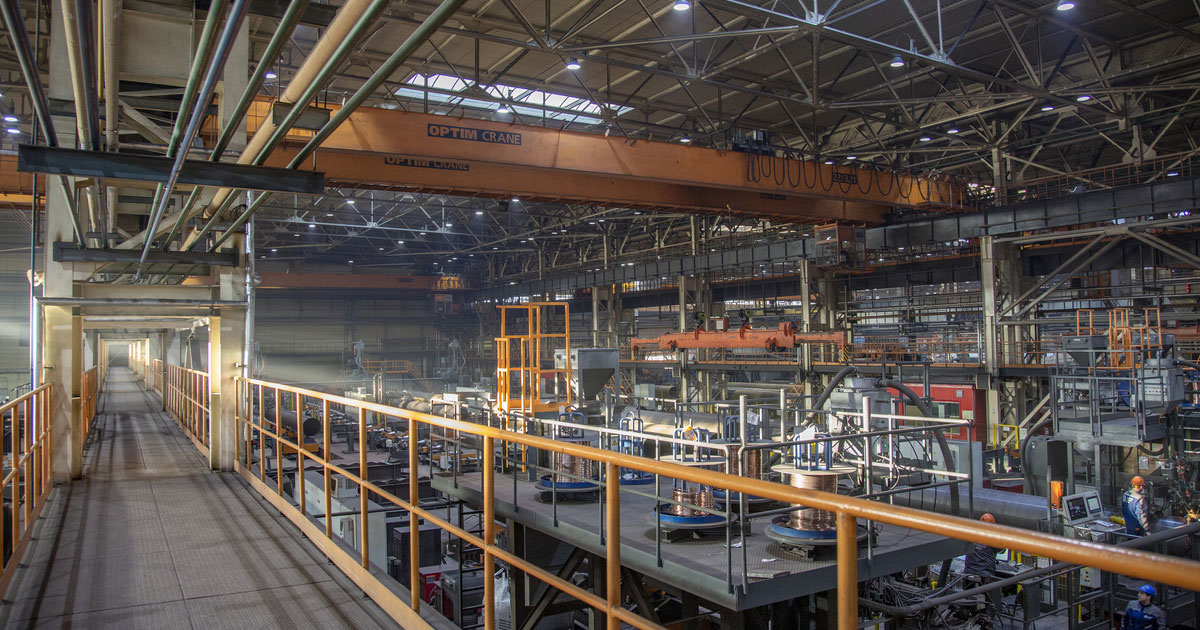Introduction
Steel product export is a cornerstone of the global metals trade, playing a pivotal role in industrial growth, construction development, and international cooperation. From basic building materials to specialized components for energy and manufacturing, steel products are in high demand across all continents. With increasing globalization and infrastructure expansion, exporting steel products presents both significant opportunities and challenges.
What Are Steel Products?
Steel products include a wide range of semi-finished and finished items derived from steel billets or slabs. Common categories include:
- Steel coils and sheets – used in automotive, appliance manufacturing, and shipbuilding
- Steel plates and slabs – essential for bridges, roads, and large infrastructure
- Rebars (reinforcing bars) – vital for reinforced concrete structures
- Wire rods and bars – used in fasteners, fences, and mesh manufacturing
- Steel pipes and tubes – used in oil & gas, water transport, and construction
Each product has its own specifications and standards depending on the target industry or country.
Importance of Steel Product Export
Exporting steel products allows manufacturers and producers to:
- Expand to international markets and diversify revenue streams
- Compensate for fluctuations in domestic demand
- Build strategic trade relationships with foreign partners
- Stimulate domestic industrial output through higher production volumes
For example, countries like China, India, Turkey, and Germany have built a significant portion of their steel industry around exports.
Global Demand Trends
Global demand for steel products is fueled by:
- Rapid urbanization in Asia and Africa
- Renewable energy projects needing steel foundations and structures
- Infrastructure investments in developing nations
- A shift toward green steel and low-carbon production technologies
According to the World Steel Association, global steel product demand reached over 1.8 billion metric tons in recent years and continues to grow steadily.
Challenges in Steel Product Export
Despite its potential, the steel product export market faces challenges such as:
- Price volatility of raw materials and finished products
- Tariffs and trade barriers in certain regions
- Logistical issues, including rising freight costs and shipping delays
- Regulatory compliance with destination country standards (e.g., ISO, ASTM)
Exporters must adapt to these challenges through supply chain efficiency, smart pricing strategies, and regulatory alignment.
Future Opportunities
Some promising directions in steel product export include:
- Green steel initiatives for eco-conscious buyers
- Custom fabrication of steel solutions for niche markets
- Digital export platforms to streamline global sales
- Partnerships with construction firms in emerging markets
Countries investing in smart cities, renewable energy, and resilient infrastructure are top targets for exporters.
Learn more about our Rebar Trade Market insights.
Check official data at the World Steel Association.



